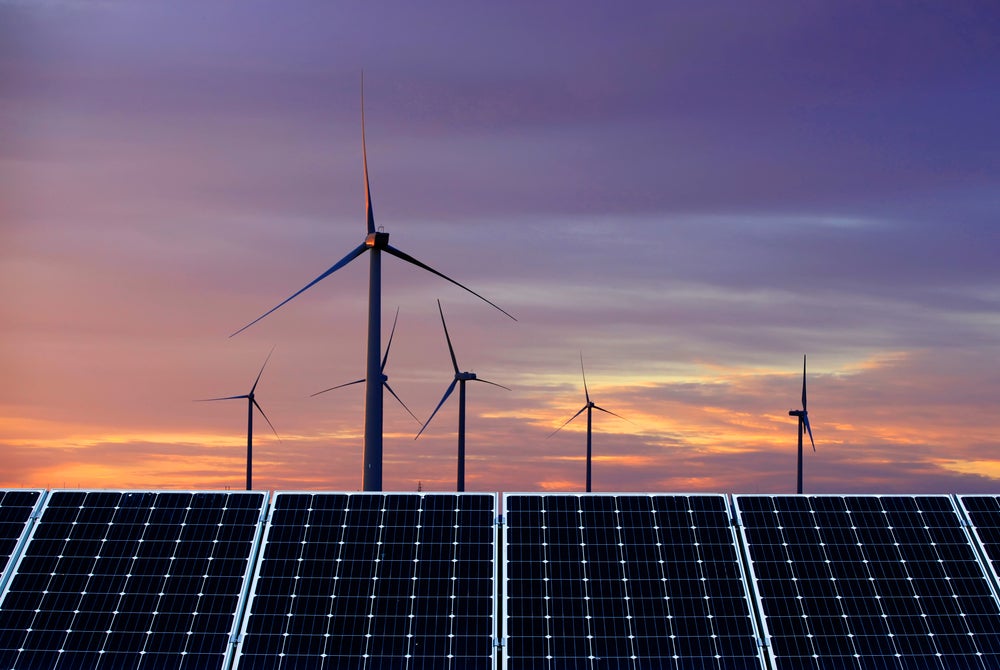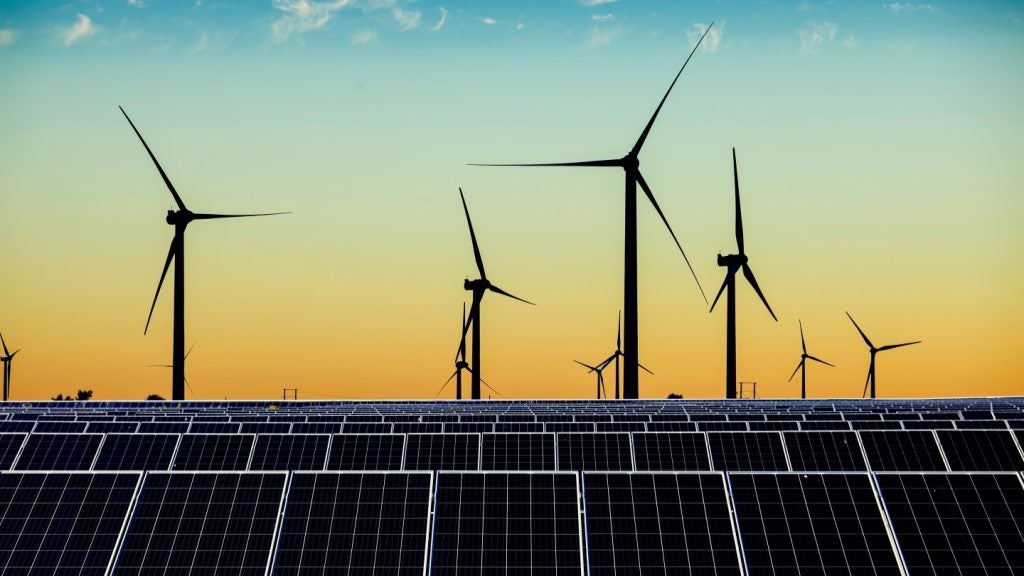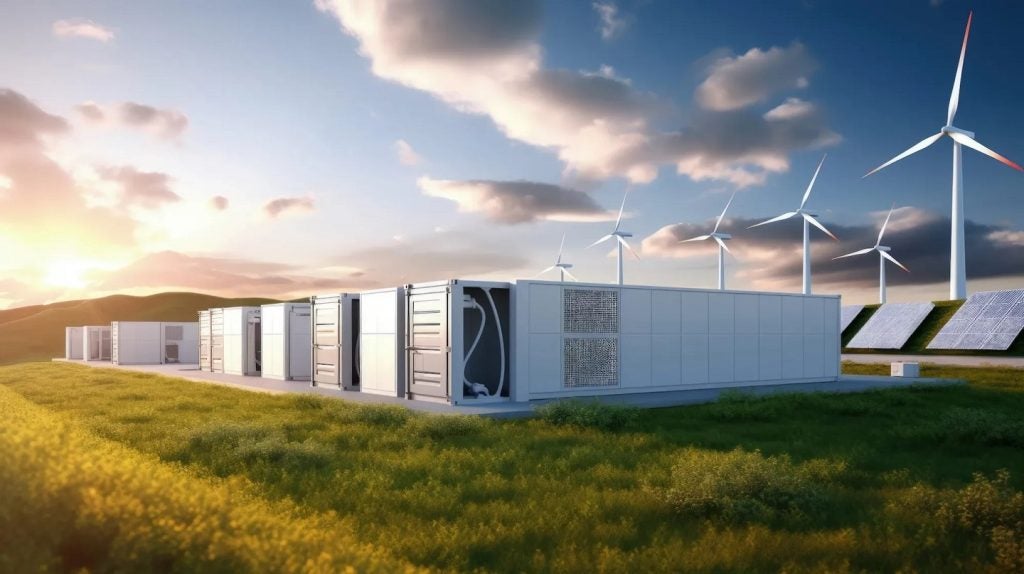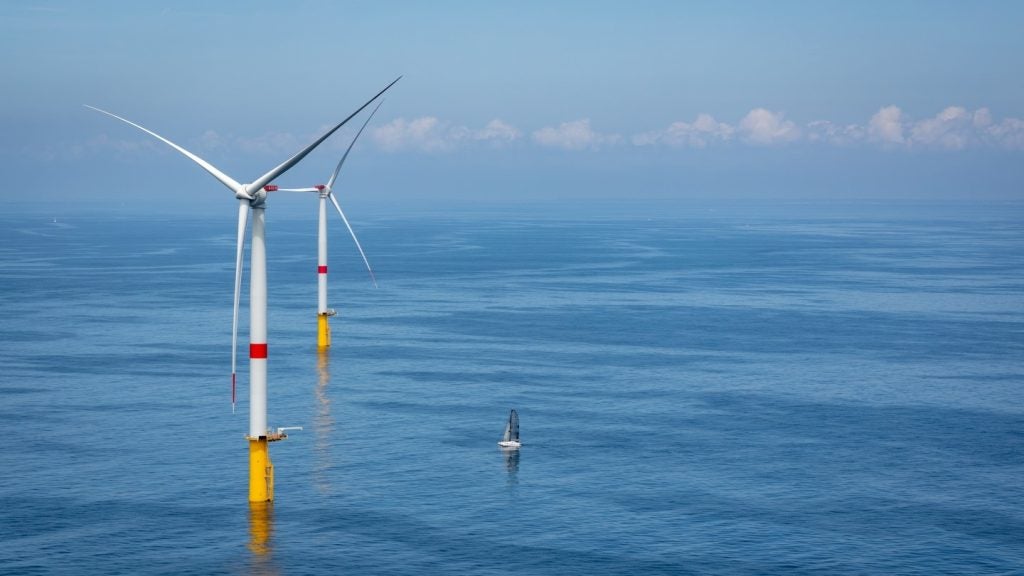Low-emissions energy sources are expected to power all forecasted additional electricity demand between now and 2026, according to a new IEA report.
Energy produced from renewables such as solar, wind and hydropower, as well as nuclear power, will cover the entirety of the anticipated rise in global electricity demand and account for almost half of the world’s electricity generation by 2026, the IEA’s Electricity 2024 report finds. This is up from a share of just under 40% in 2023.
The report, released on Wednesday, is the IEA’s flagship annual analysis of electricity market developments and policies. It provides forecasts for demand, supply and carbon dioxide (CO₂) emissions from the sector through 2026.
The report also finds that while global growth in electricity demand eased slightly to 2.2% in 2023, thanks largely to a drop in electricity consumption in advanced economies, it is projected to increase to an average of 3.4% between 2024 and 2026. Around 85% of this increase is expected to come from emerging economies – most notably, China, India and countries in South East Asia.
Growth in demand is expected to be driven by an increase in the use of electrical technologies including heat pumps and electric vehicles, reflecting both personal consumer use and industrial-scale use.
The IEA expects renewables to make up more than one third of the world’s electricity generation by early 2025. This will see them overtake coal power as global efforts to phase out coal ramp up in an attempt to stave off the climate crisis.
By 2025, nuclear power generation is forecasted to reach an all-time high globally as output from France climbs, several plants in Japan come back online and new reactors begin commercial operations in China, India, Korea and Europe.
When the share of fossil fuels in global generation finally falls beneath 60%, this will mark the first time it has gone below this threshold since IEA records began more than five decades ago.
“The power sector currently produces more CO₂ emissions than any other in the world economy, so it is encouraging that the rapid growth of renewables and a steady expansion of nuclear power are together on course to match all the increase in global electricity demand over the next three years,” IEA executive director Fatih Birol said in a press statement.
“This is largely thanks to the huge momentum behind renewables, with ever cheaper solar leading the way, and support from the important comeback of nuclear power, whose generation is set to reach a historic high by 2025. While more progress is needed, and fast, these are very promising trends.”
Africa remains an outlier in electricity demand trends when compared with other regions. According to the report’s analysis, while electricity use per capita in India and South East Asia has risen rapidly, it has effectively been stagnant in Africa for more than three decades.
















